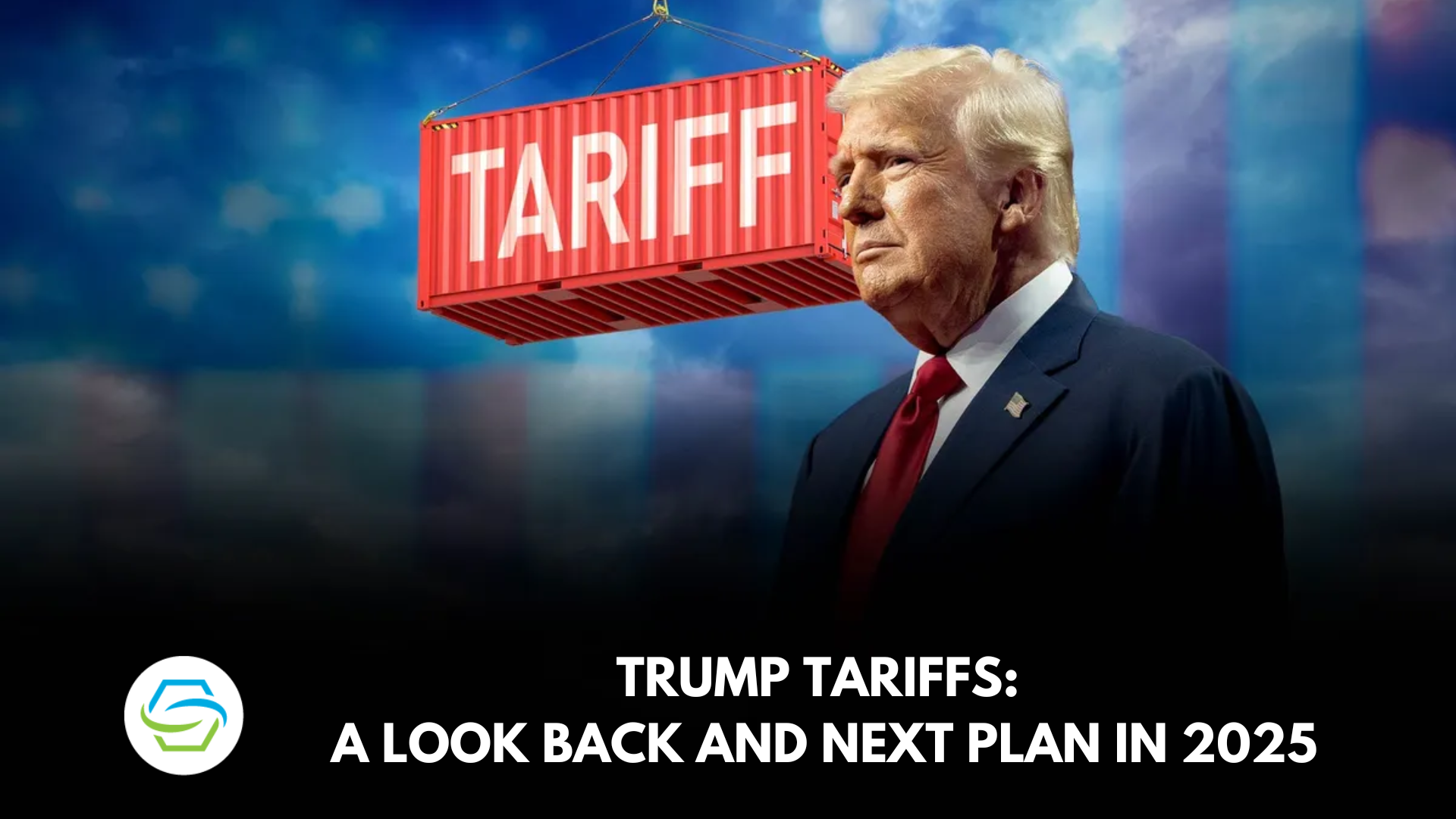Commercial Aircraft And Engine Tariffs: A Trump Administration Policy Review

Table of Contents
Rationale Behind the Tariffs
The administration's justification for imposing these tariffs rested on two primary pillars: addressing perceived trade imbalances and protecting American jobs.
Addressing Trade Imbalances
A central argument for the tariffs focused on alleged unfair trade practices, particularly concerning substantial subsidies provided to Airbus by European governments.
- Allegations of Illegal Subsidies: The US government alleged that European governments provided billions of dollars in illegal subsidies to Airbus, giving it an unfair competitive advantage over Boeing, the leading US aircraft manufacturer.
- WTO Rulings: The World Trade Organization (WTO) partially upheld US claims, finding evidence of prohibited subsidies provided to Airbus. These rulings, however, were far from decisive and the legal battle continued.
- Leveling the Playing Field: The stated goal of the tariffs was to "level the playing field" for Boeing, countering the perceived advantage gained by Airbus through these subsidies. This aimed to protect a key player in the US aerospace sector and its associated supply chain.
Protecting American Jobs and Industries
The tariffs were also presented as a crucial measure to safeguard American jobs within the aerospace sector and stimulate domestic manufacturing.
- Preserving High-Skilled Jobs: The administration emphasized the importance of preserving the high-skilled manufacturing jobs associated with Boeing and its supply chain, arguing that these jobs were essential to the US economy.
- Protecting the Supply Chain: Protecting Boeing, the argument went, would protect the numerous smaller companies that supply parts and services to the aircraft manufacturer, strengthening the overall US aerospace industry.
- Counterarguments and Retaliation: Critics countered that the tariffs could lead to job losses in other sectors due to retaliatory tariffs imposed by affected countries. This proved to be a significant consequence of the policy.
Implementation and Scope of the Tariffs
The implementation of the commercial aircraft and engine tariffs was a complex process involving specific target countries and products, inevitably leading to retaliatory measures.
Target Countries and Products
The tariffs primarily targeted the European Union (EU), focusing on specific aircraft and engine components.
- Tariff Rates: Different tariff rates were applied depending on the specific product category, resulting in a complex and nuanced implementation.
- Affected Countries and Responses: Besides the EU, other countries were indirectly impacted, leading to a range of responses, from diplomatic protests to retaliatory tariffs.
- Timeline of Implementation and Modifications: The timeline involved several stages, with initial tariffs being implemented and later modified based on ongoing negotiations and WTO rulings.
Retaliatory Tariffs and Trade Disputes
The EU responded swiftly, imposing retaliatory tariffs on a range of US goods, escalating the conflict and significantly impacting both economies.
- Examples of Retaliatory Tariffs: The EU targeted various US goods, including agricultural products and industrial goods, mirroring the initial US tariffs.
- Economic Impact: Both the initial tariffs and the retaliatory measures led to substantial economic costs, impacting businesses and consumers on both sides of the Atlantic.
- WTO Dispute Settlement: The WTO dispute settlement process played a role, but the process itself was lengthy and complex, often failing to resolve the core disagreements promptly.
Economic and Political Consequences
The commercial aircraft and engine tariffs had far-reaching economic and political consequences, leaving a lasting mark on the global aerospace industry and international relations.
Impact on the Aerospace Industry
The tariffs created considerable uncertainty and disruption within the global aerospace industry, leading to increased costs and supply chain complexities.
- Impact on Boeing and Airbus: Both Boeing and Airbus experienced production and sales disruptions, albeit to varying degrees, depending on their market position and exposure to the tariffs.
- Impact on Smaller Manufacturers: Smaller component manufacturers, critical to the entire aerospace supply chain, were particularly vulnerable to the fluctuating trade environment.
- Long-Term Effects on Competitiveness: The long-term effects on industry competitiveness and innovation are still being evaluated, with the potential for lasting shifts in market share and production location.
Geopolitical Ramifications
The tariff dispute significantly strained relations between the US and the EU, impacting broader trade cooperation and the multilateral trading system.
- US-EU Relations: The trade conflict severely damaged US-EU relations, impacting various areas of cooperation beyond just aviation.
- Global Trade Governance: The dispute highlighted challenges in global trade governance and the effectiveness of the WTO dispute settlement system.
- Implications for International Trade Policy: The episode serves as a cautionary tale about the potential consequences of protectionist measures and the importance of collaborative international trade policy.
Conclusion
The Trump administration's commercial aircraft and engine tariffs represent a pivotal moment in recent trade history. While intended to address perceived unfair trade practices and safeguard American jobs, the policy engendered a costly trade war with substantial repercussions for the global aerospace industry and international relations. A thorough understanding of the rationale, implementation, and consequences of these tariffs offers crucial insights into the complexities of international trade policy and the risks inherent in protectionist measures. To further your understanding of the long-term impacts of these aircraft tariffs and the legal battles surrounding them, we encourage further exploration of resources detailing WTO rulings and international trade law.

Featured Posts
-
 Harry Styles On Snl Impression A Disappointed Response
May 10, 2025
Harry Styles On Snl Impression A Disappointed Response
May 10, 2025 -
 How To Be A Better Ally On International Transgender Day Of Visibility
May 10, 2025
How To Be A Better Ally On International Transgender Day Of Visibility
May 10, 2025 -
 Trumps Tariff Policy A 10 Baseline Exceptions Possible
May 10, 2025
Trumps Tariff Policy A 10 Baseline Exceptions Possible
May 10, 2025 -
 Deutsche Banks New Deals Team Bolsters Defense Finance Capabilities
May 10, 2025
Deutsche Banks New Deals Team Bolsters Defense Finance Capabilities
May 10, 2025 -
 Uy Scuti Release Date Young Thugs Latest Updates
May 10, 2025
Uy Scuti Release Date Young Thugs Latest Updates
May 10, 2025
Latest Posts
-
 Halls Crossroads Hosts 17th Annual Baseball Tournament To Honor Chris Newsom
May 11, 2025
Halls Crossroads Hosts 17th Annual Baseball Tournament To Honor Chris Newsom
May 11, 2025 -
 Remembering Chris Newsom Halls Crossroads Baseball Tournament
May 11, 2025
Remembering Chris Newsom Halls Crossroads Baseball Tournament
May 11, 2025 -
 Vols Dominant Performance Leads To 12 1 Win Against Sycamores
May 11, 2025
Vols Dominant Performance Leads To 12 1 Win Against Sycamores
May 11, 2025 -
 17th Annual Chris Newsom Baseball Tournament In Halls Crossroads
May 11, 2025
17th Annual Chris Newsom Baseball Tournament In Halls Crossroads
May 11, 2025 -
 Tennessee Baseball Crushes Indiana State 12 1
May 11, 2025
Tennessee Baseball Crushes Indiana State 12 1
May 11, 2025
